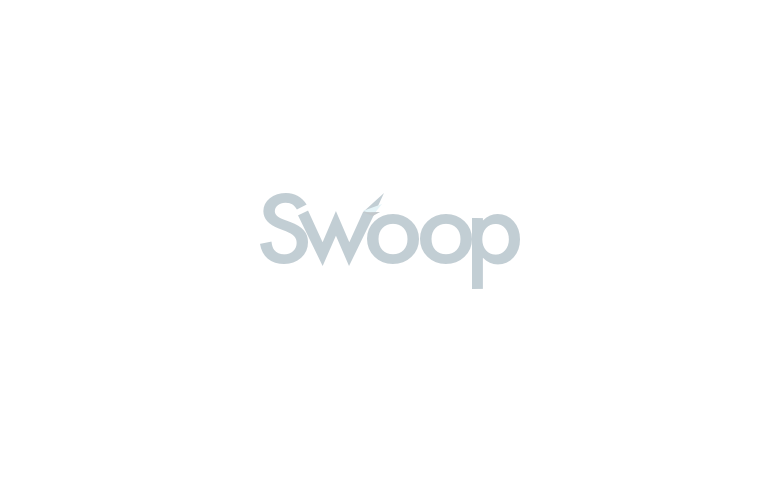TABLE OF CONTENTS
Page written by Michael David. Last reviewed on March 24, 2025. Next review due April 1, 2026.

If you’ve ever looked into business financing, you may have run up against the requirement for collateral. While that usually means pledging real estate or other property as security for the loan, your outstanding receivables might also do the trick. Keep reading for more.
Accounts receivable financing means using your unpaid invoices as collateral to borrow money. If your business sends out invoices on a regular basis, accounts receivable financing is like having access to a series of cash advances secured by those invoices. Accounts receivable financing can help businesses manage their cash flow by allowing them to turn invoices into cash almost immediately.
Accounts receivable financing can be part of your overall working capital strategy. Although you might use a small business loan or line of credit for major business investments, accounts receivable financing can be a useful way to accelerate the cash flow coming into the business on a weekly or monthly basis.
Although various providers will work in different ways, here’s a typical accounts receivable finance workflow:
The nice thing about accounts receivable financing is it’s quick, easy, and it may not show up on your balance sheet like traditional debt. This means it shouldn’t affect your ability to qualify for other types of financing. The one caution with accounts receivable financing is that the weekly fees can be equivalent to an extremely high annualised interest rate, so you must be aware of the total cost of borrowing.
There are many nuances in the world of lending, including different approaches to accounts receivable finance. Here are three of the main categories:
With invoice factoring, you are selling your invoice to someone else. It then becomes their responsibility to collect money from your client. Invoice factoring comes in two varieties: “recourse” factoring, where you remain on the hook for any non-payment by the client, and “non-recourse” factoring, where the factoring company takes the risk.
With accounts receivable financing, you retain ownership of the invoice and remain responsible for collecting payment from your client. You just use the invoice as a tool to secure short-term funding from a lender while you wait to collect. This is a confidential process and your clients will not be made aware of your financing arrangements.
Looking for ways to smooth out your business cash flow? Look no further. Swoop will scan the market for the best business financing options out there and deliver them to you in minutes. Check your financing options now.
Written by
Michael David is a financial writer and former investment advisor. Writing for Capital Group, Dimensional Fund Advisors, Franklin Templeton Investments, HSBC, Invesco, PIMCO, Vanguard, global insurance companies, major banks and others, he has educated professionals, business owners and consumers about strategies for investing, insurance, banking and corporate finance for more than 20 years.
Swoop promise
At Swoop we want to make it easy for SMEs to understand the sometimes overwhelming world of business finance and insurance. Our goal is simple – to distill complex topics, unravel jargon, offer transparent and impartial information, and empower businesses to make smart financial decisions with confidence.
Find out more about Swoop’s editorial principles by reading our editorial policy.
Related pages
Get your free Accounts receivable financing quote today
Join the 110,000+ businesses just like yours getting the Swoop newsletter.
Free. No spam. Opt out whenever you like.
Kingfisher Way, Silverlink Business Park, Newcastle upon Tyne, NE28 9NX, UK
View in Google MapsAberystwyth Innovation and Enterprise Campus
Gogerddan Campus
Aberystwyth University
Ceredigion
SY23 3EE
Dogpatch Labs, The CHQ Building, Custom House Quay, Dublin, Ireland
View in Google MapsSuite 801, Level 8, 84 Pitt Street, Sydney, NSW 2000, Australia
View in Google Maps43 W 23rd St, New York, NY 10010, United States
View in Google Maps21 Dreyer Street, Cape Town, South Africa, 7708
View in Google Maps
Disclaimer: Swoop Finance Ltd (Swoop) helps Canadian firms access business finance, working directly with businesses and their trusted advisors. We are a credit broker and do not provide loans or other finance products ourselves. All finance and quotes are subject to status and income. Applicants must be aged 18 and over and terms and conditions apply. Guarantees and Indemnities may be required. Swoop can introduce applicants to a number of providers based on the applicants’ circumstances and creditworthiness. Swoop may receive a commission or finder’s fee for effecting such introductions. If you feel you have a complaint, please read our complaints section highlighted above and also contained within our terms and conditions.
Clever finance tips and the latest news
Delivered to your inbox monthly
Join the 110,000+ businesses just like yours getting the Swoop newsletter. Free. No spam. Opt out whenever you like.




